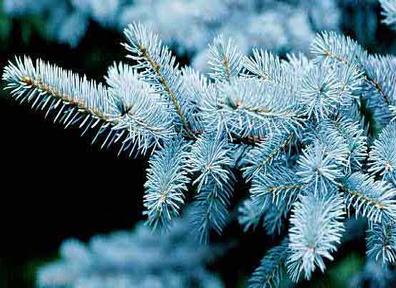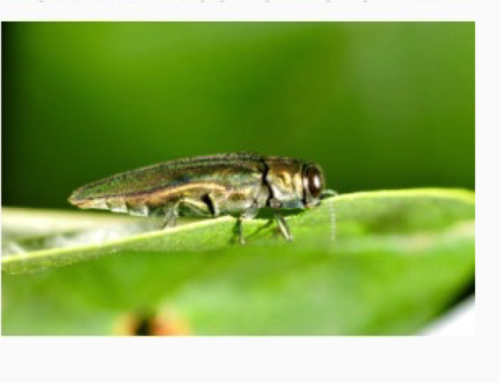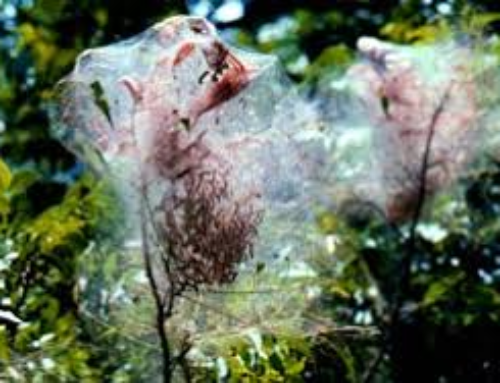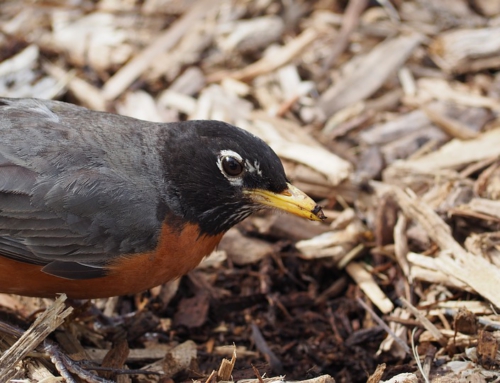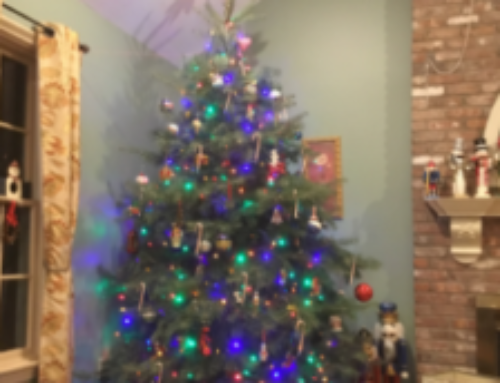-What’s happening to my blue spruce
Lower branches are shedding needles and dying. This tree has been there for years and now it is declining for no apparent reason.
-As the name implies, Colorado blue spruce, (Picea pungens), and it’s cultivar Blue spruce, (Picea pungens glauca), are native to Colorado.
The climate there is much drier then New England and a much higher elevation. Our climate eventually causes stress to older tree.
-Based stress tree or shrub is an open invitation to bowl insects and disease pathogens.
The most common problem associated with older Blue spruce is a fungus disease known as Cytospora Kunzei Canker, commonly Cytospora canker. It is a systemic disease and attempts at chemical control yields poor results. The most common recommendation is to prune out dead branches as they appear.
-Diagnosis of Cytospora canker is relatively easy.
Symptoms include low dead or dying limbs, which exhibit white
Sap on the bark. These sap spots can be rather small and inconspicuous or large and dripping clear sap. Often, a heavily infested tree will have sap dripping from the main trunk as well.
-Moisture spread the fungus.
Rain water drips down through the tree. Sunlight and wind typically dry the top of the tree first. Since bottom branches hold moisture longer, infestations is spread more rapidly in the lower portion of the tree.
-Cytospora can sometimes be found on newly purchased nursery stock.
It’s worthwhile to inspect nursery stock for the tell tale’s stains before purchasing and planting. Hire a reputable licensed landscape contractor or arborist will help you assure your plants best chance of success.


